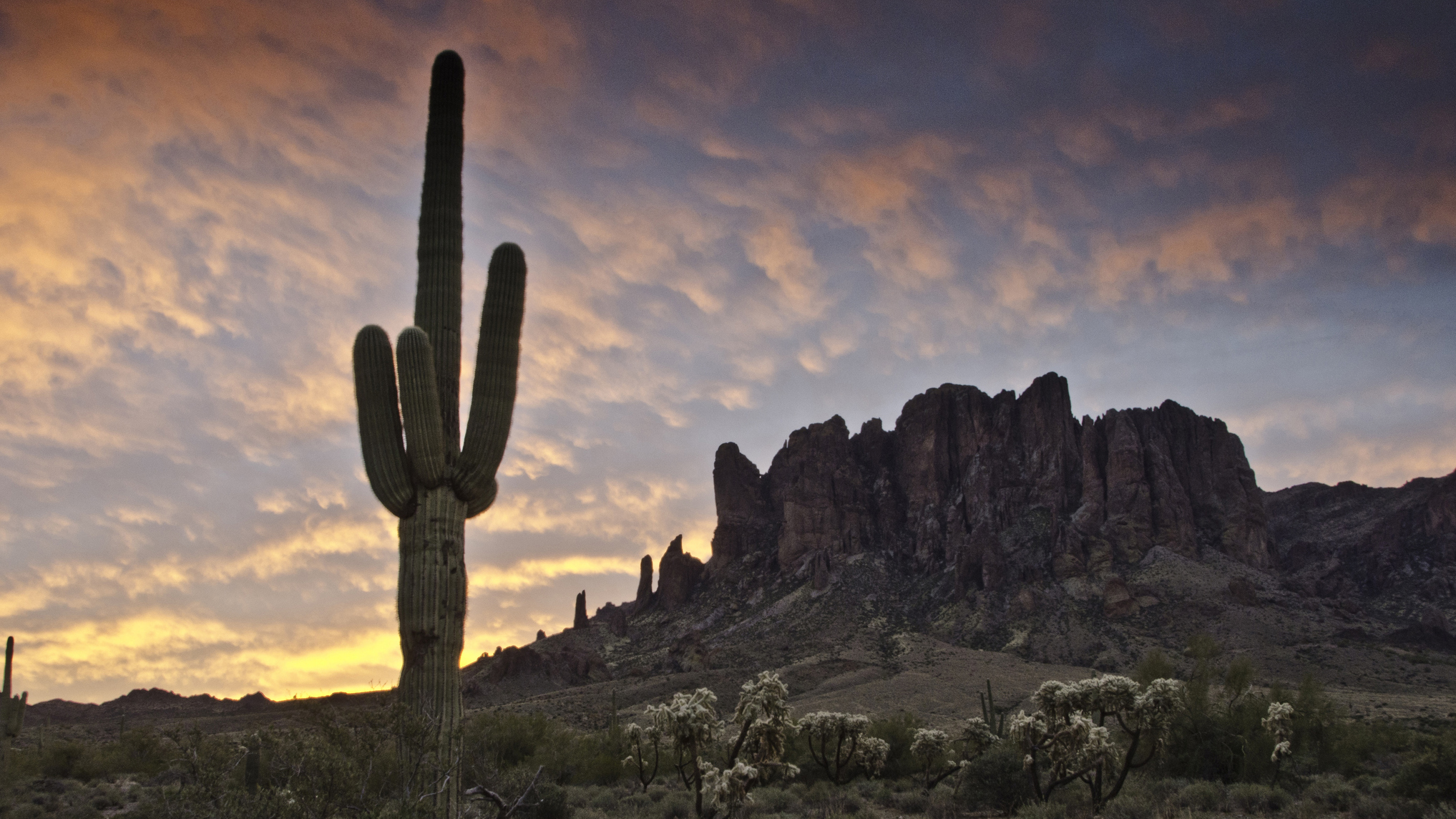Dreaming of Mount Fuji but daunted by the hike? Rumoured plans for a mountain tram could be about to make the trek a lot easier
More than 300,000 hikers ascend Mount Fuji every year, creating congestion, overcrowding, and pollution on the trails

Climbing Mount Fuji may be about to get a lot easier, as officials are believed to be eying up a new tram system to quell overcrowding and pollution on the trails.
According to a report by Reuters, the tram would take trekkers from Fuji’s base to the fifth hiking station of the crowded Yoshida trail, 3.7 miles / 6km from the summit. The plans have yet to be officially confirmed.
A hotspot for hikers from around the globe, Japan’s tallest mountain currently welcomes 4,000 hikers a day during its peak season, to climb the popular Yoshida trail.
However, due to its immense popularity, overcrowding on Fuji has become a constant headache for authorities, who’ve been forced to limit the number of hikers and introduce other measures to reduce congestion. Should the tram go ahead, numbers should decrease as visitors are given a viable option for going up and down a large portion of the mountain.
A steep, demanding hike, the descent from Fuji’s 12,389ft / 3,776m summit can be particularly taxing, especially on the knees. A new tram system would offer tired hikers a viable, risk-free alternative.
Currently, visitors can only ascend Fuji on foot, or drive to the fifth hiking station. Due to Fuji’s high demand, roads leading to the station are often congested with tourist buses and cars. Alongside cutting the number of people on the trails, authorities are reportedly optimistic that the new tram will reduce pollution from road vehicles.
In addition to limiting the number of daily hikers, local authorities have introduced several measures to curb overcrowding on Fuji. These include a 2,000 yen ($12) fee and closure of the popular Yoshida trail between 4 pm and 3 am.
Advnture Newsletter
All the latest inspiration, tips and guides to help you plan your next Advnture!

Hiking downhill
Knee pain is a common obstacle when descending tall, challenging peaks like Fuji. Carrying your body weight, the knee joint endures three to four times the amount of pressure trekking down as it does uphill.
If you’re going to take on a steep descent, make sure to prepare thoroughly with the right equipment. A good pair of hiking shoes can make all the difference in the backcountry, make sure you’re ready with a pair that has ample grip and enough support for a comfortable, stable descent.
You should also consider walking poles, which lessen the pressure on your joints and muscles by allowing you to lean on them.
In addition, there are several hiking techniques you can adopt to avoid knee pain. Walking slowly and taking small steps will help you maintain balance and lessen the impact of individual steps while trekking in a zig-zag pattern is useful as you won’t be tackling such a sharp decline.
For more on avoiding knee pain when hiking downhill, check out our expert guide.
- The best winter hiking boots 2024 for unbeatable performance in the cold
- The best hiking shoes 2024 trail friendly shoes for all seasons

Will Symons developed his love of the outdoors as a student, exploring every inch of Sussex’s South Downs national park and wild swimming off the Brighton seafront. Now a Staff Writer for Advnture, Will previously worked as a freelance journalist and writer, covering everything from cricket to ancient history. Like most Advnture staff, Will’s time is rarely spent indoors, he can often be found hiking, wild swimming or playing cricket.
